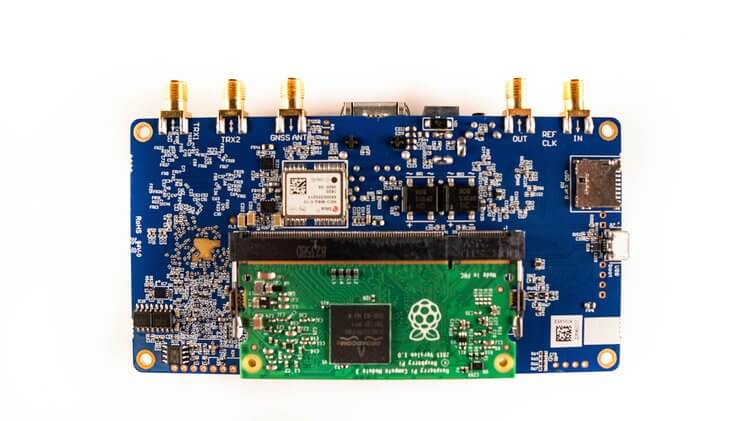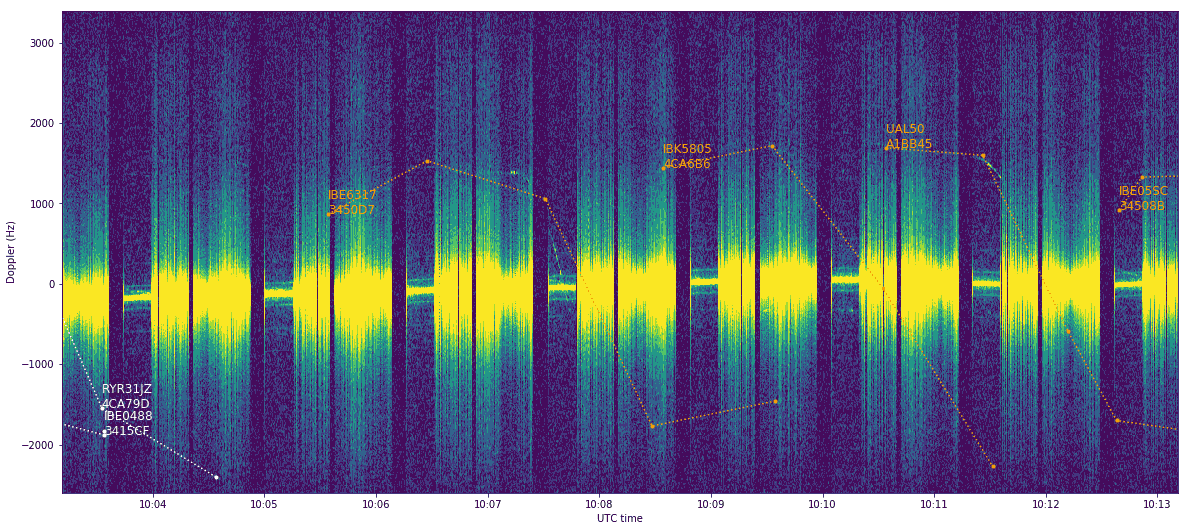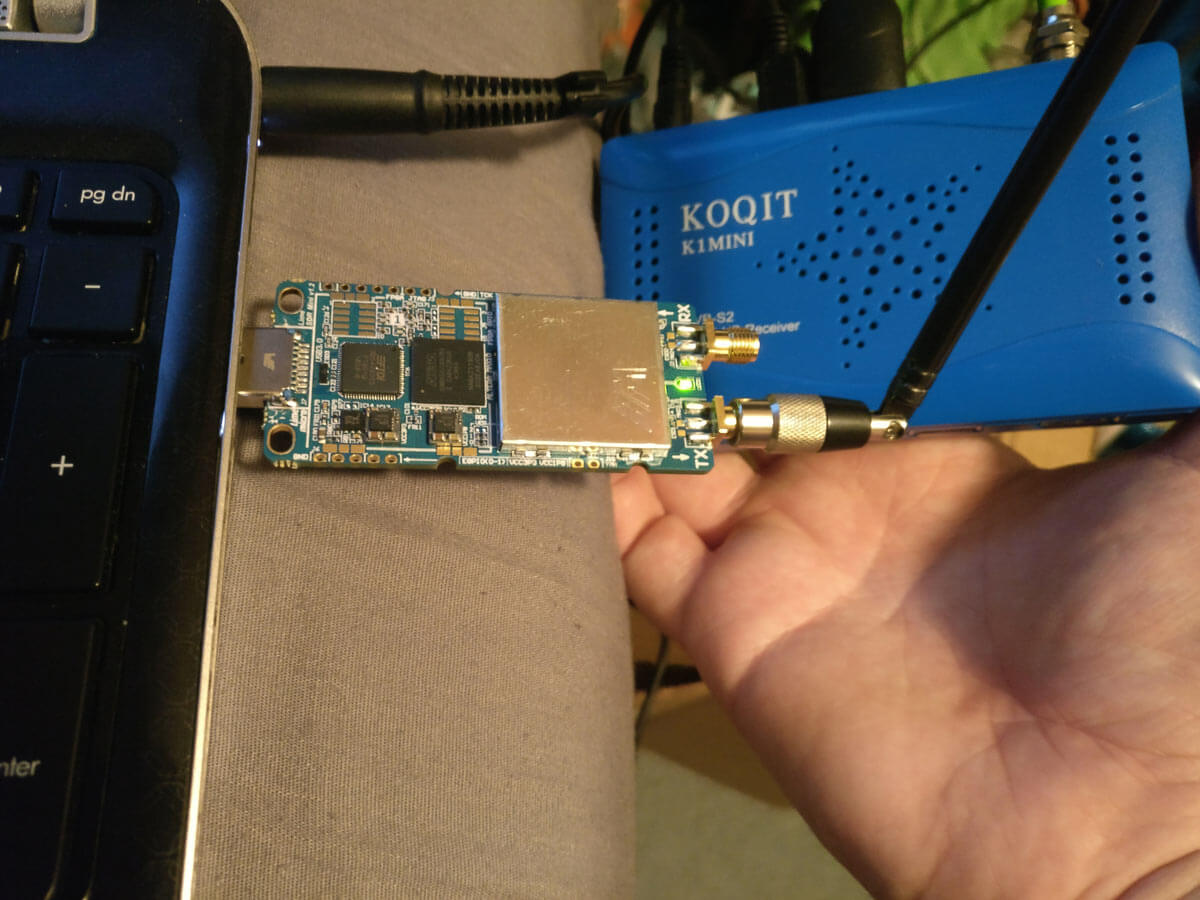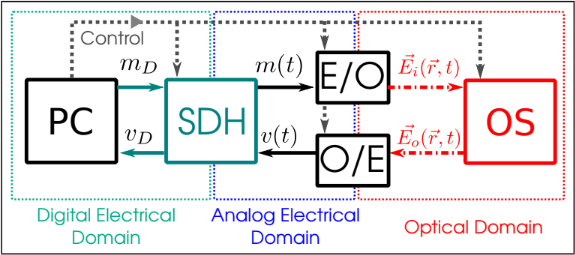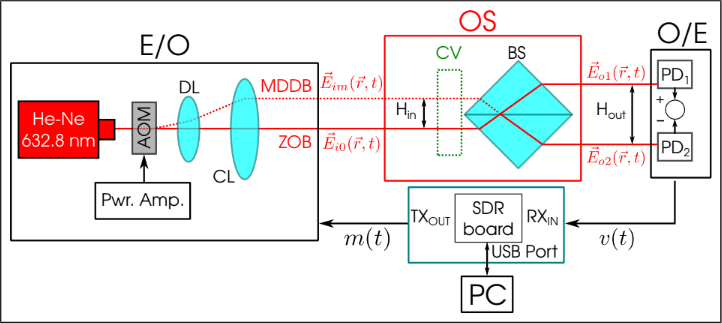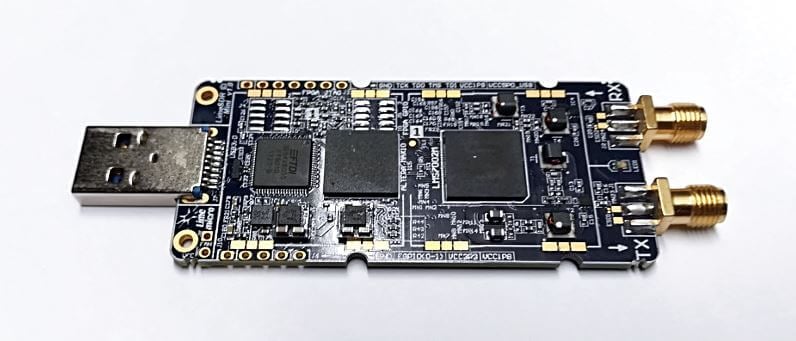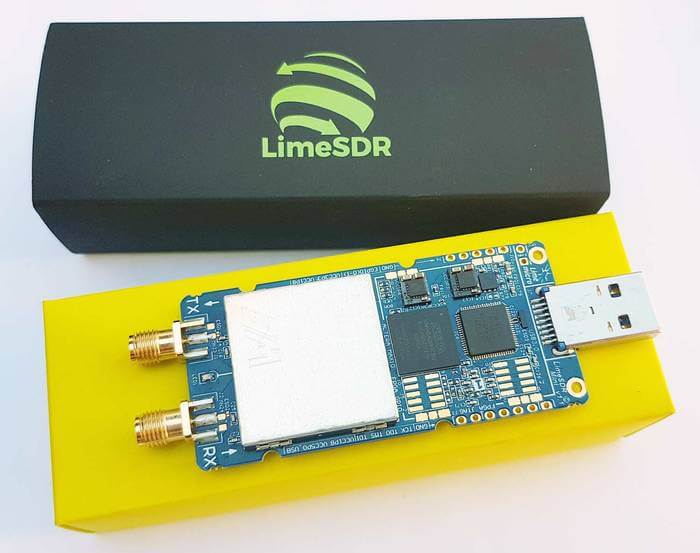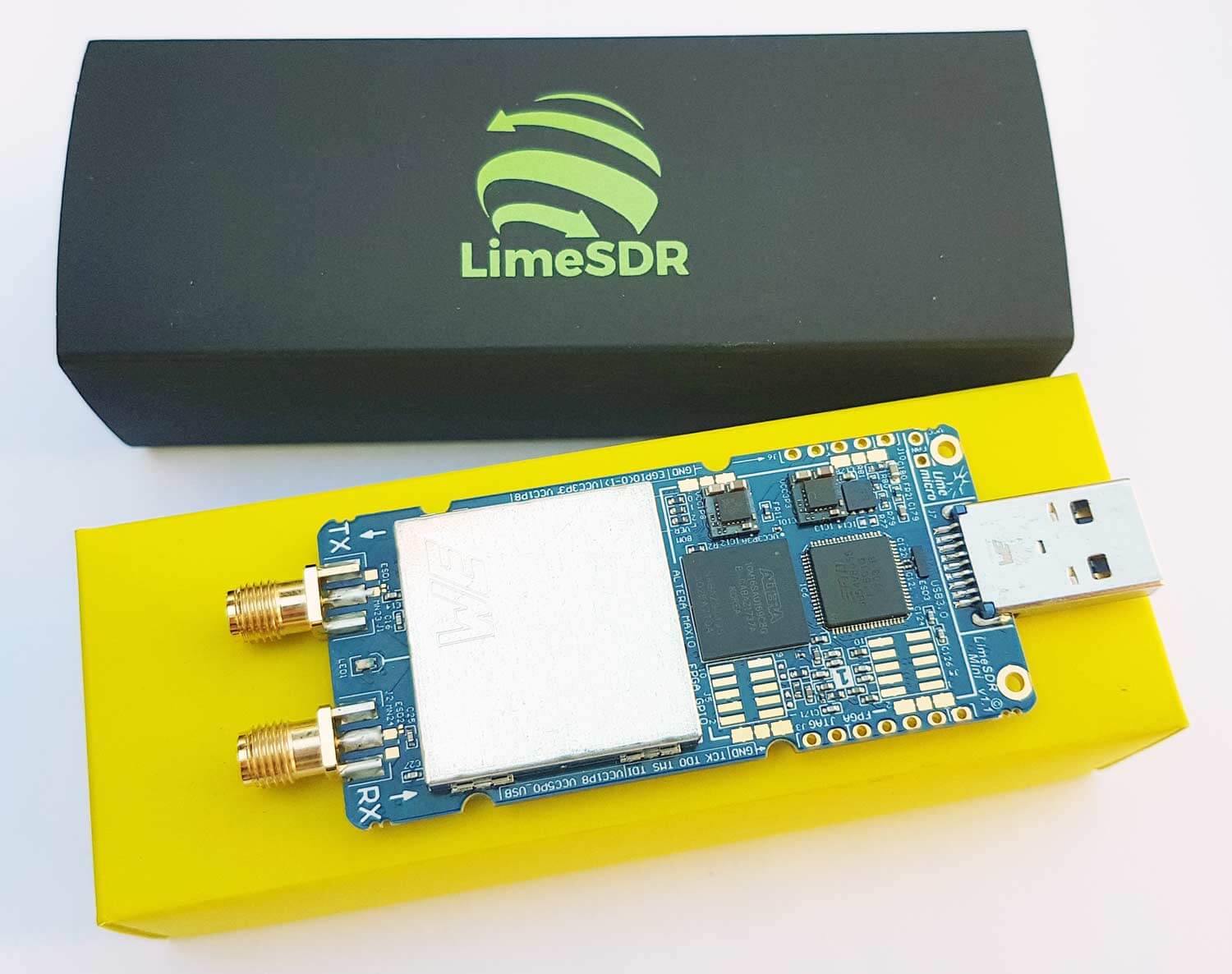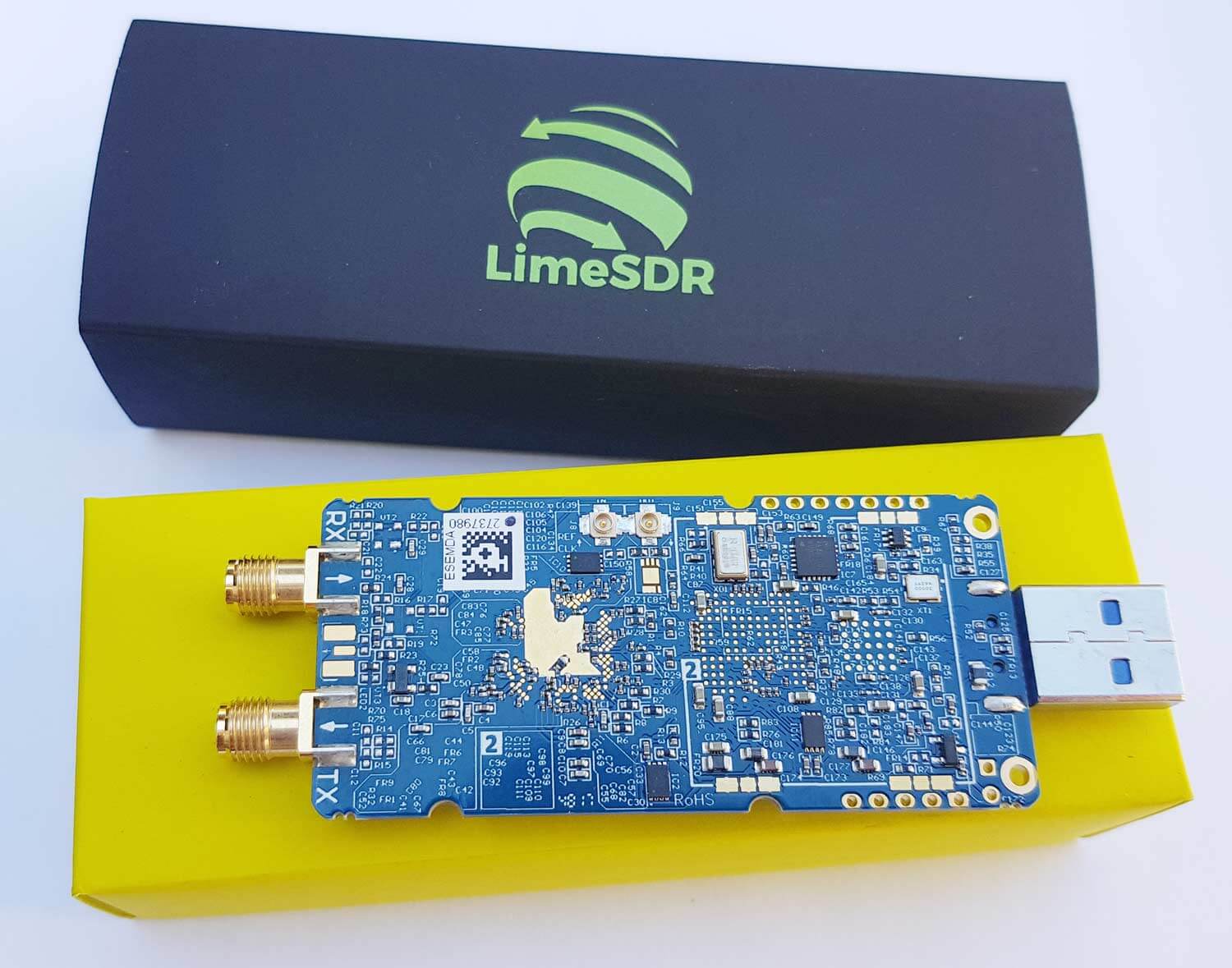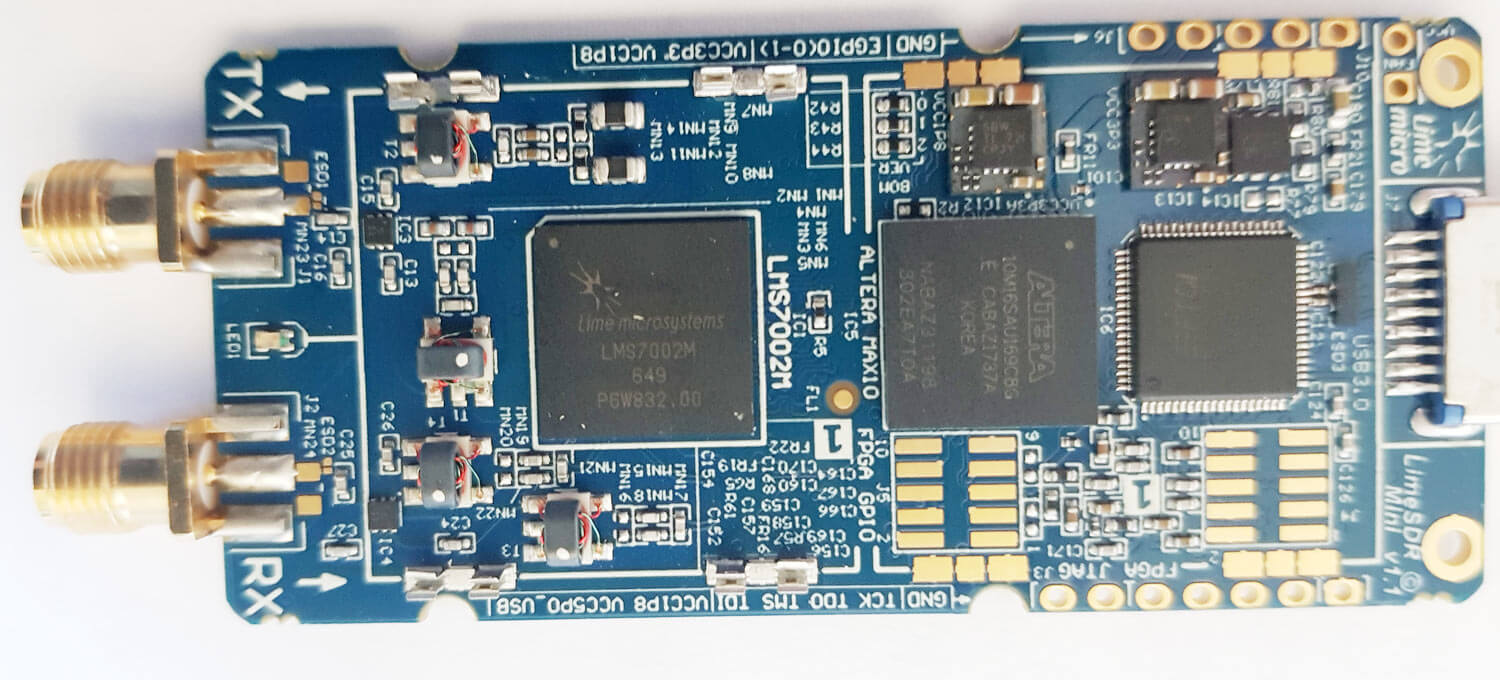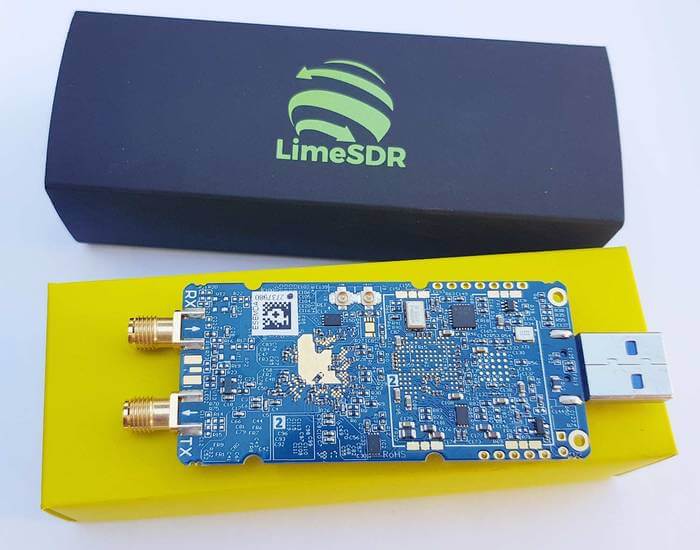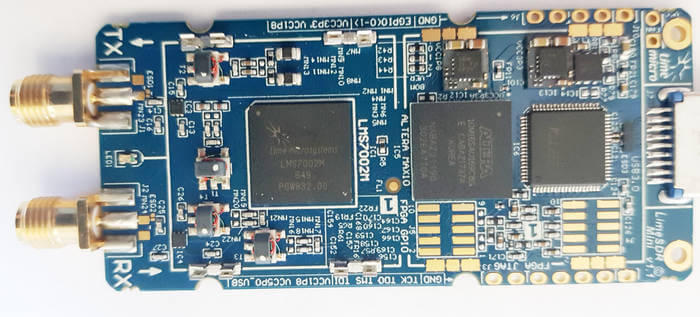LimeNET Micro Now Crowdfunding
Lime Microsystems, creators of the LimeSDR, LimeSDR Mini and LimeNET SDR devices have recently begun crowdfunding for a new product they are calling LimeNET Micro. LimeNET Micro is described as a software defined radio platform with an integrated processor for creating self contained wireless networks. In other words it is a LimeSDR LMS7002M SDR transceiver chip with an included Raspberry Pi Compute Module 3, FPGA, GNSS module, EEPROM and Flash memory attached to it.
The LimeNET Micro is capable of full duplex TX and RX (1 port each) with the typical LimeSDR frequency range of 10 MHz - 3.5 GHz. However a major difference is that the LimeNET Micro is only capable of a 0.27 MHz bandwidth, whereas other LimeSDR products are capable of bandwidths up to 30.72 MHz. One interesting additional feature is that the LimeSDR Micro comes with a GNSS module that can be used to receive GPS/GLONASS etc for high accuracy timing if required.
Some use cases that they envision LimeNET micro being useful for include:
- Inexpensive enterprise and personal networks
- Rural, autonomous, and resilient networks
- Universal IoT communications hubs
- Rapid deployment infrastructure for emergency response
- Remote radio solutions for amateur radio and radio astronomy
- Integration into application-specific RF appliances
- Radio spectrum survey
- Passive wireless geolocation
- PHY and security research
- RF-aware robotics
The price is $269 USD and this includes a Raspberry Pi Compute Module 3. Higher end kits can be purchased which include Acrylic ($399) or Aluminum enclosures ($459).
